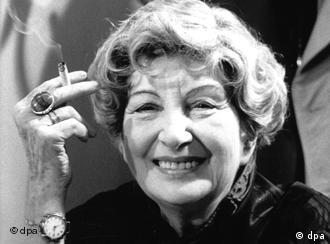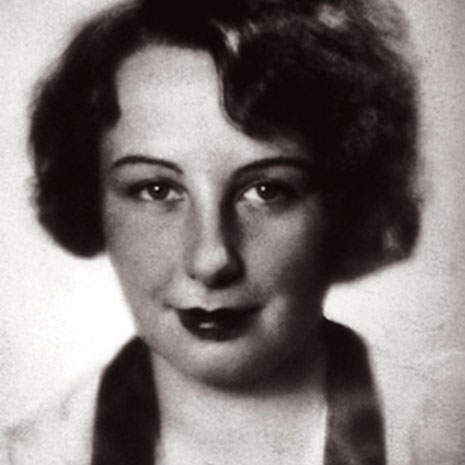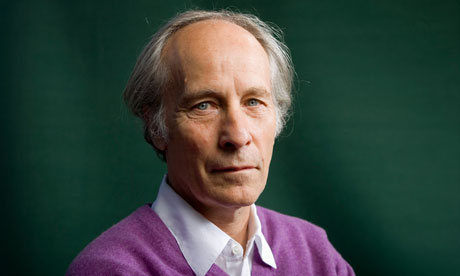
I came across this book by chance in the local library. On a weekend, having nothing better to do, I had sauntered into the local library, which has a very decent collection of fiction as well as non-fiction. I sat in one of the chairs, contemplating, as I am wont to do from time to time, on the abject stupidity of life, when one examines it deeply, and how this understanding brings one nothing but disillusionment, wondering, for that reason, whether this level of deep insight is desirable and whether people like me who attain this insight were cursed, and, what should be the response when one achieved this deep understanding: the French school of philosophy—Jean Paul Sartre’s Existentialism, or the British school of philosophy—Pythonism—depicted so elegantly in The Life of Brian, when I was distracted by a young couple who came and sat on the sofa opposite me. The man had a repulsive beard which failed to disguise the fact that below it was a repulsive face. The woman had mousy blonde hair, freckles on her face, and improbably large breasts. Both of them were wearing clothes that looked as if they had bought them all in one car-boot sale five years ago (and washed only once, since). The man took out a book from the ruck-sack, opened a page and started whispering something into the woman’s ears, and the woman started nodding and smiling, as if whatever the man was whispering had clarified a problem that was vexing her for years. It was excruciating to see them sharing that sofa, or worse, imagine them sharing a bed—her nipples, like a pair of snouts, getting entangled in the repulsive beard.
There was only one thing to do. I got up and began browsing
the shelves. That’s when I came across this book.
It was an English translation of a German language novel entitled Gilgi,
and its author was one Irmgard Keun.
I read that this novel, the author’s debut novel, was first
published in 1931, when Keun was twenty-six. The novel, its original German
title,
Gilgi, One of Us, was apparently a best seller, and created sensation
upon its publication. The novel was made into a film, which was also a huge
success in its time. Keun followed her debut novel with another best seller
that came out the next year, in 1932, entitled The Artificial Silk Girl.
Keun went on to publish a few more novels—all in all she published eight novels—before
falling silent—creatively—in the 1950s. Between 1949, when her seventh novel
was published, and 1982, when she died, Keun published just one novel,
and, by all available accounts, wrote very little.
There is nothing out of the ordinary in this story. There are plenty of authors or novelists, who publish books which achieve great popularity and commercial success upon publication, but which are forgotten with the passage of time, either because the novels are not as good as that, or, because for tragic reasons the author is forgotten. Some authors, decades later (invariably posthumously) are re-discovered: a manuscript that never saw the light of the day, is fortuitously found in the basement of an apartment in Paris, and is declared, upon its publication, to be a masterpiece, which, in turn, revives some interest in the dead author’s earlier novels (the author by now is long since dead, usually having died in penury, thereby adding a tragic aura, which does no harm to the books' sales, although, admittedly, the author is not in a position to benefit from it).
With the Nazis' ascent to power in
1933, Keun's novels were branded anti-German and were blacklisted. Keun then took
the intrepid—insane, if you are of squeamish disposition—decision of suing the Gestapo
for loss of earnings! Of course she lost. Her novels were amongst those burned
by the Nazis in the 1930s.
By this time Keun, who had stage aspirations in her early
life and had managed to get a number of minor film roles before she turned her
hand to writing, had married a novelist of minor repute, Johhanes Tralow, who was 23 years
older than her. Tralow, who, I guess, is also a forgotten name, was a dramatist
and author of historical novels: in the 1940s and 1950s Tralow published four
novels on the Ottoman Empire. Tralow, who was in his fifties when Hitler came
to power, lived in semi-retirement in the 1930s and worked as a free-lancer.
In 1937, by this time Keun had not been able to get her
books published in Germany for four years, Keun divorced Tralow, and left
Germany. It is said that Tralow was a Nazi sympathizer, though it is not known
whether he was a member of the Nazi party. In his final years Tralow moved to
GDR, and his last published work of fiction, published a year before his death,
in 1967, was on the life of Prophet Mohammad. With the publication of this novel, on which he worked for many years, Tralow wished to deepen
the friendship between the West and the Arabs and hoped to enhance understanding
of the Arabs in Europe (an ambitious aim, if there was one). That Keun divorced
Tralow suggests that she took the decisive action of deserting the man with
whose ideology she differed vehemently; however, I saw on YouTube an interview
of Keun’s daughter, Martina Keun-Geburtig, conducted in 2011, in which Martina,
Keun’s daughter from another relationship, narrates that it was Tralow who
divorced Keun “in the name of German people”, because he did not want to be
seen to be associated with the woman who was blacklisted by the Nazi regime.
After she left Germany, Keun led a peripatetic existence in
Europe and America over the next three years. She went to America in 1938, but
could not stay beyond a few months because she only had a tourist visa. While in
Exile, Keun is said to have associated extensively with other anti-Nazi
writers such as Heinrich Mann, Ernst Toller (who features in Anna Funder’s
excellent All that I Am), and Stefan Zweig. She also had a romantic
relationship, which lasted for 18 months, with the Joseph Roth, who, being Jewish, was living in exile in
Paris, and was drinking his way to an early grave. (I don’t know who the father of Keun's daughter was, but wouldn’t it be romantic to imagine that this daughter was the love child of Keun and Joseph Roth, although it is unlikely: the manner in which she spoke suggested that the daughter had little first-hand knowledge of her mother’s life in the 1930s and 1940s.) Keun published two novels (After
Midnight and Child of All Nations) during what must have been a very turbulent period in her life, which,
according to the afterward of Gilgi (written by its translator),
are considered to be among her best.
In 1940 Keun was in Amsterdam, Holland, when Germany invaded
that country. Keun then took another remarkable decision. She decided to return
to Germany. She planted a story in the newspaper that she had committed suicide
in response to the news of the fall of France. She then returned to Germany by
persuading a German bureaucrat to issue her a passport—years later she recalled
in an interview that she spoke to the bureaucrat “until his penis shrivelled up”—if
not of a false identity, then under different name: Charlotte Tralow—Charlotte being
her second name and Tralow her married name (although she had divorced Tralow).
Upon her return to Germany Keun saw off the war years in Cologne, with her
parents (where, as per the interview of her daughter, she, too grew up).
Keun apparently edited her books herself, but rarely read the
wholes books once they were written. Her daughter, in the interview, offered
her insight as to why Keun was forgotten and her books were not widely read and
acclaimed in the 1950s, after the Second World War. According to the daughter,
people in Germany were still influenced by the Nazis, and saw rather a lot of
themselves in Keun’s novels, which, the daughter hypothesized, must have made
them uncomfortable. (I find some inherent contradiction in this: how could people
see themselves in Keun’s novels without reading them; unless you take the view
that the majority of German people, aware of Keun’s reputation as a vehement
anti-Nazi, suspected that her novels would also be anti-Nazi and did not run the
risk of unsettling their mental equilibrium by reading the novels which, they
feared, would hold a mirror up to them?)
I read in an article that Keun ended her life in penury, in a
small studio apartment. For six years—from 1966 to 1972—she was committed to a
mental asylum in Bonn. Her daughter, in her interview, did not mention any of
this. She described her mother as a vivacious and attractive woman (in her
prime) who was charming and intelligent company and knew how to “snag men”. The
daughter took a long pause, when the interviewer asked her whether Irmgard Keun
was a happy woman. She then said that her mother always maintained that the
Nazis stole away the best years of her life (presumably between 1933 and 1945—beginning
with the year when her books were blacklisted, until the end of the Second
World War); which was not what the interviewer had asked her.
Maybe Keun was irretrievably affected by the experiences
between 1933 and 1945, and never quite recovered from the trauma of that
period. She published very little after the end of the Second World War. A
novel came out in 1950 (Ferdinand, A Kind Hearted Man), a
collection of short stories in 1954 (If We were all Good), and another
book in 1962. A meagre output in
comparison with the six novels she published between 1931 and 1938 (the novels
between 1933 and 1938 were published outside Germany).
There is, however, a happy ending (of sort) to this
otherwise tragic story. Towards the end of her life, in the late 1970s, Keun was
re-discovered, as it were, following an article in one of the literary
magazines in Germany; and her best novels of the 1930s were re-issued. Many
were subsequently translated into English.


